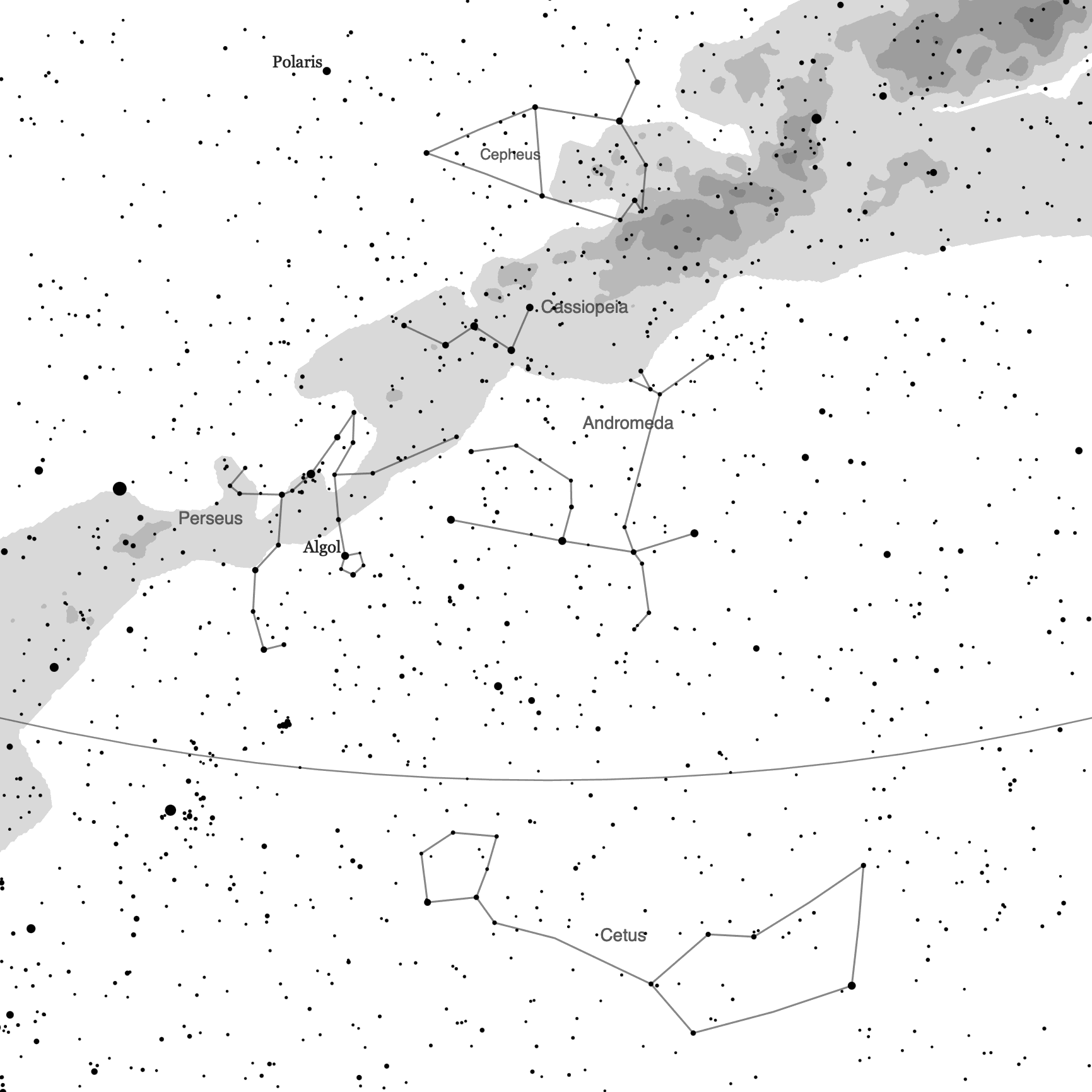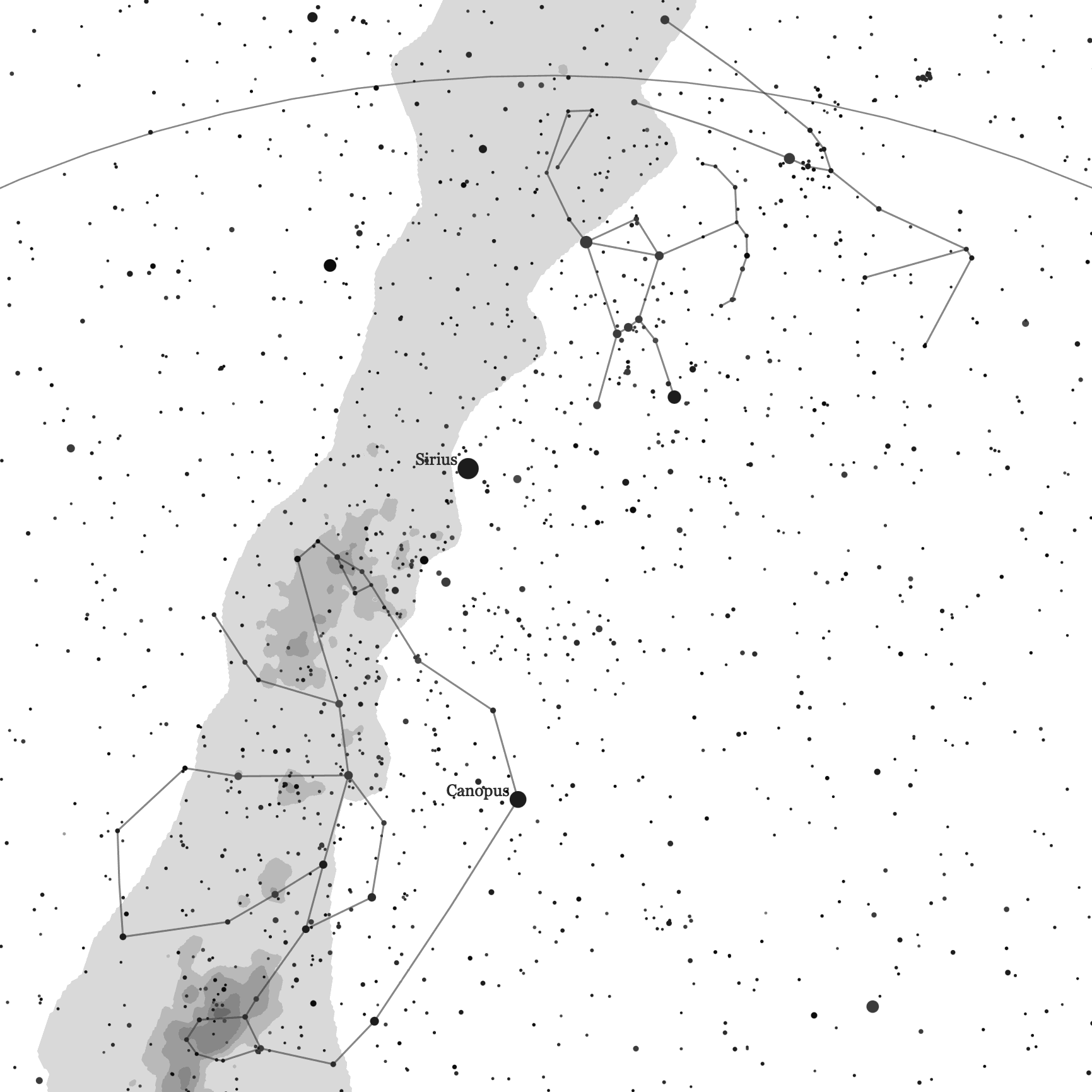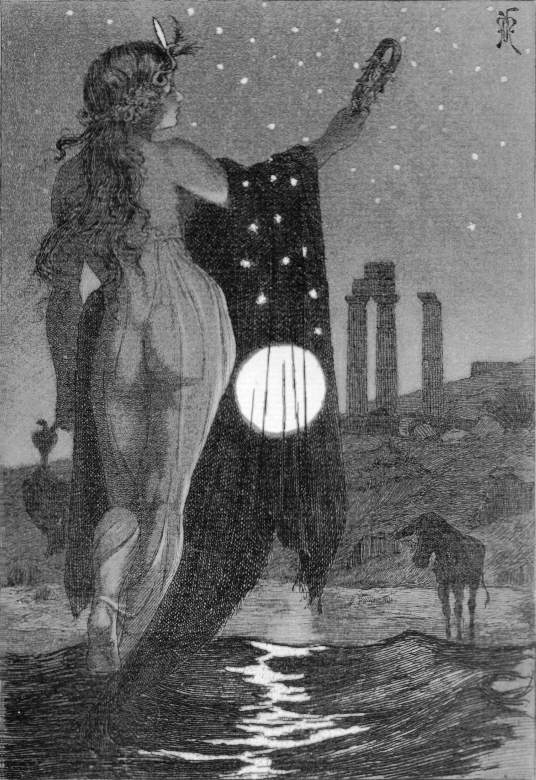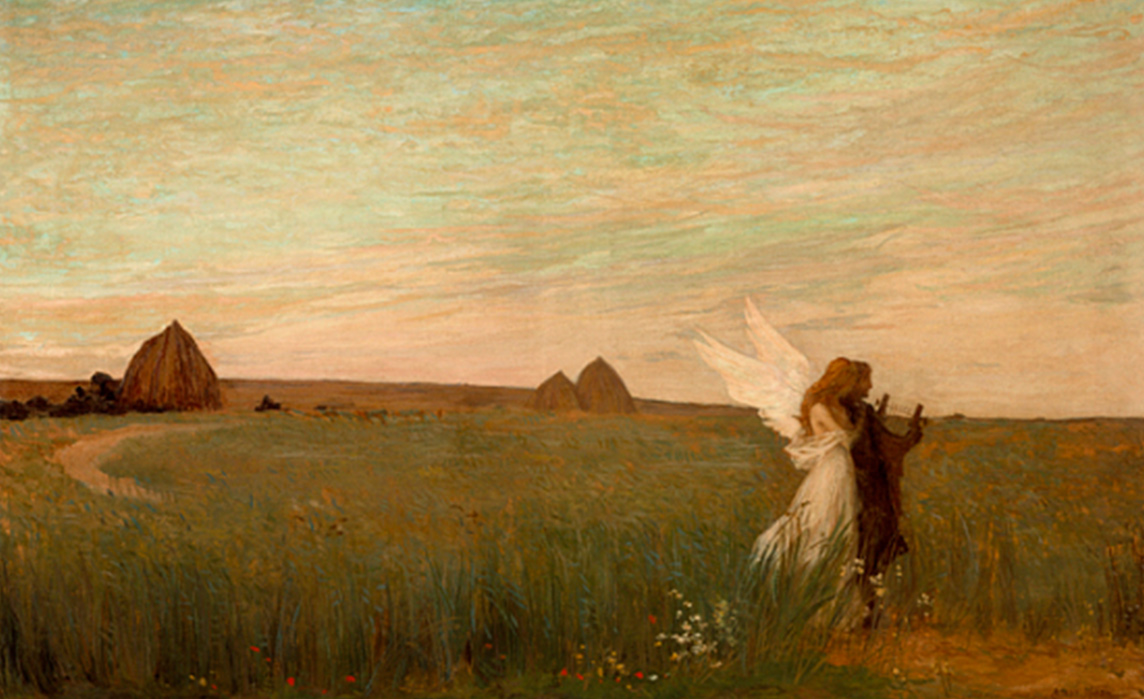I've had a few books fall into my lap recently which spend a lot of time on cosmological theory from various perspectives. I spent some time tracing the history of these for my own interest and figured I'd put the notes here in case it's useful to anyone else. (This list isn't meant to be comprehensive, but I'm not presently aware of other systems. Furthermore, please note that I'm only really familiar with some of these, and so the others are largely based on second-hand references which I have not yet dug through in depth, and so errors or inconsistencies may be present.)
Planetary: Consisting of nine or ten levels of reality (depending on the source) stacked on top of each other: [the Empyrean], the fixed stars, Saturn, Jupiter, Mars, Sol, Venus, Mercury, Luna, Earth. The soul originates in the sphere of fixed stars, becomes wedded to desire, falls to the sphere of Earth, and must climb back out, level by level, with the aid of some set of teachings or initiations. Apparently originated in Sumer (see Inana's Descent to the Underworld), with likely paths of transmission to posterity through Pythagoras, Plato (see Republic X "The Myth of Er"), Cicero (see Republic VI "The Dream of Scipio"), the Corpus Hermeticum, Macrobius (see Commentary on the Dream of Scipio), and Robert Fludd (see History of the Two Worlds). Apparently mostly common amongst Neoplatonists/theurgists in modern times.
Tree of Life: Consisting of ten "spheres", representing worlds of various natures, interconnected by various paths. Reality itself follows a path similar to the planetary sequence, from highest to lowest, but souls may traverse other paths between spheres in exploratory fashion. Apparently a derivative of the Sumerian planetary model, but when or by who is disputed: obvious candidates are the Neo-Assyrians (see Simo Parpola, The Assyrian Tree of Life: Tracing the Origins of Jewish Monotheism and Greek Philosophy, 1993), the Neo-Pythagoreans and/or Neo-Platonists (see Porphyry, Isagoge, and subsequent developments of the Porphyrian Tree; and Pseudo-Iamblichus, The Theology of Arithmetic), and the Jewish Cabalists (see The Bahir and The Zohar). Apparently near-universal in modern Western occult philosophy.
Plotinian: Consisting of four worlds characterized by increasing diversity and separation. Souls only exist in the third world but may experience other worlds by proxy. Developed by Plotinus (see The Enneads) based on his reading of Plato, but possibly also derived from or at least related to the teachings of Orpheus (see The Sacred Discourse in Twenty-Four Rhapsodies) and/or the Chaldean Oracles. Enormously influential as a general framework, but is so coarse-grained that other systems (usually planetary or the Tree of Life) are favored for most purposes.
Zodiacal: Consisting of an upward gate to heaven and a downward gate to earth (corresponding either to the intersections of the ecliptic plane and the galactic plane, or to the tropics), and twelve intermediary gates in between arranged in some fashion (corresponding to the twelve signs of the zodiac). Souls originate in the galactic plane, pass through one half of the ecliptic to enter into incarnation, and leave incarnation through the other half, only able to do so when the lessons of each gate have been mastered. Apparently originated in many places and times (see Giorgio de Santillana and Hertha von Dechend, Hamlet's Mill; and William Sullivan, The Secret of the Incas), but for purposes of Western transmission, originated in Egypt (see the Pyramid Texts, Coffin Texts, and Papyrus of Ani, but note parallels with the contemporaneous Epic of Gilgamesh, below) and transmitted to posterity through Plato (see Republic X "The Myth of Er"), Numenius of Apameia and Porphyry (see On the Cave of the Nymphs), and the Mithras Liturgy. Obviously related somehow to the myths of Gilgamesh (the "marriage" of a god-man and a beast-man, the pursuit of immortality, the Bull of Heaven (Taurus) and the scorpion-men (Scorpio) which bookend the two halves of Gilgamesh's journey, etc.), of Heracles (leaving heaven through the Milky Way, the twelve labors representing the twelve gates, ultimate return to the fixed stars and immortality), and of Odysseus (twelve trials before he returns home, etc.), but surviving versions of the myths are incomplete and/or garbled. Apparently largely neglected in modern Western occult philosophy.
Enochian: Consisting of a series of 30 layered spiritual realms guarded by 91 governors, which souls traverse upwards from dense to subtle. A modern system, apparently constructed and/or revealed to John Dee and Edward Kelley (see The Five Books of Mystery and Liber Logaeth), and expanded and adapted by the Golden Dawn and it's offshoots. Apparently usually treated as a (risky?) source of additional potency to be layered atop another system, particularly the Tree of Life.




